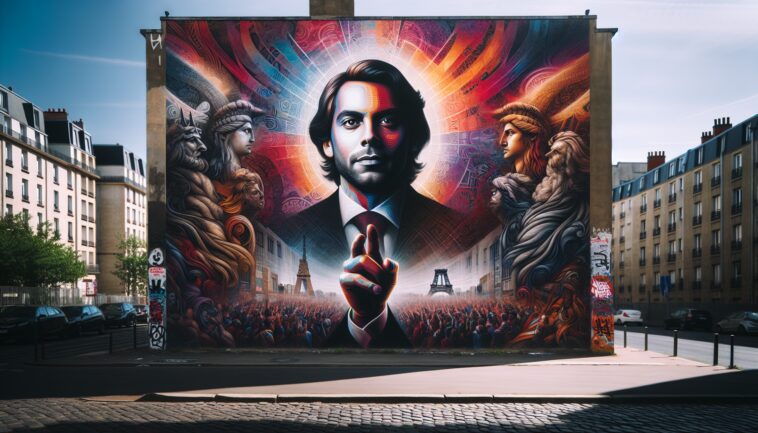Table of Contents
The impact of political leadership on the arts: A generational perspective
In recent years, the arts have found themselves at the crossroads of politics and culture, sparking debates that resonate deeply with younger generations. The appointment of controversial figures to key positions in cultural institutions has raised questions about the future of artistic expression in America.
As political climates shift, so too does the landscape of the arts, prompting a closer examination of how these changes affect the creative community.
Political appointments and their implications
The recent appointment of political figures to leadership roles in arts organizations has ignited a firestorm of criticism.
For instance, the decision by former President Trump to appoint himself as chairman of the Kennedy Center has been met with backlash from artists and cultural leaders alike. This move has been perceived as an attempt to exert control over a space that should be free from political influence.
The Kennedy Center, a symbol of American culture, now finds itself embroiled in the culture wars, raising concerns about its future direction.
John Lithgow, a prominent actor and advocate for the arts, has voiced his discontent with the current administration’s impact on cultural institutions.
He argues that the arts community is facing unprecedented challenges, exacerbated by the COVID-19 pandemic and political turmoil. Lithgow’s remarks highlight a growing sentiment among artists that political interference threatens the integrity and independence of the arts.
The role of the arts in times of crisis
Despite the challenges posed by political leadership, many artists believe that difficult times can lead to profound creativity. Lithgow suggests that the current state of the arts, while disheartening, may inspire a new wave of artistic expression. He posits that “bad times create good art,” a sentiment that resonates with the resilience of the creative community.
This perspective is particularly relevant for Gen-Z, who have witnessed significant social and political upheaval during their formative years.
As the arts adapt to these challenges, they also serve as a platform for social commentary and change. Young artists are increasingly using their work to address pressing issues such as inequality, climate change, and political unrest. This trend reflects a broader desire among Gen-Z to engage with the world around them and advocate for change through their creative endeavors.
Looking ahead: The future of the arts
The future of the arts in America hinges on the ability of artists and cultural leaders to navigate the complexities of political influence. As younger generations become more involved in the arts, their voices will play a crucial role in shaping the narrative. The intersection of politics and the arts is not merely a battleground; it is a space for dialogue, innovation, and transformation.
In conclusion, the impact of political leadership on the arts is a multifaceted issue that warrants attention. As the landscape continues to evolve, it is essential for artists, audiences, and policymakers to engage in meaningful conversations about the role of the arts in society. By fostering an environment that values creativity and independence, we can ensure that the arts remain a vital part of our cultural fabric.




